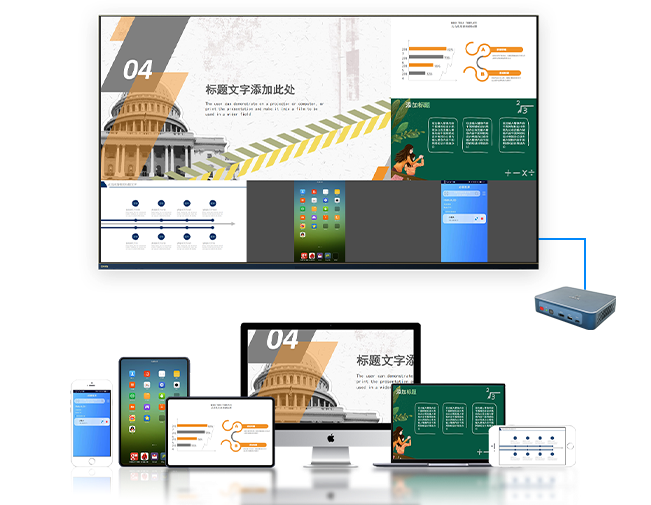How does the Win7 system project screen onto a TV?
Nowadays, television has more and more functions. In order to achieve a better viewing experience, people have begun to explore new TV features, such as using the TV as a playback device for movies or videos. However, if your screen is too small or the effect is too poor, you will consider using screen mirroring. If you are using Windows 7, the following steps can help you project your screen on your own TV.
Step 1: Ensure that both your TV and computer support HDMI interfaces
HDMI is a standard interface supported by almost all televisions and computers today. VGA and DVI are also widely used interfaces, but HDMI is the most common connection method. If your computer does not have an HDMI port, you may need an HDMI adapter to connect to the TV. These interfaces can be purchased in computer peripheral device stores or online, with a cost ranging from 100 to 300 RMB.

Step 2: Connect the computer and TV
A connecting cable is also needed between the computer and the TV. The most common cable is an HDMI cable, and in most cases, your TV will have one or more HDMI ports. If your computer only has a VGA or DVI interface, you need to purchase the corresponding HDMI adapter. Once you have the correct cables, you just need to plug them into the computer and TV ports.
Tip: If you are unable to see the computer’s output signal on the TV, make sure the TV is in the correct input mode (such as HDMI1 or HDMI2), and check if the connection between the TV and the computer is intact.

Step 3: Set up the screen in Windows 7
Once your computer and TV are connected, you need to change some settings in the Windows operating system to ensure that your screen projection is displayed correctly on the TV. Here are some steps that need to be taken:
Right click on the blank space on the desktop in Windows and select the “Screen Resolution” option
Ensure that your TV is detected and selected as a preference for expanding the screen
Adjust the resolution and display size of the TV. If your screen and TV have different resolutions, you need to change the display ratio to reflect it on the TV
Click the “Apply” button, then press “Yes” or “Yes” to select whether your computer needs to keep the changes

Step 4: Adjust the volume and connection
Once your TV and computer are connected, you can watch movies, videos, pictures, and even play games on the TV. However, there are a few things to be careful of:
You need to adjust the audio output to ensure that the sound comes from the TV instead of the computer
If you want to control the volume, you may need to use a TV remote control or headphones to adjust it
Carefully handle the connection between the computer and TV, as they are prone to collision or pulling, which may cause interruption of the screen projection signal.
